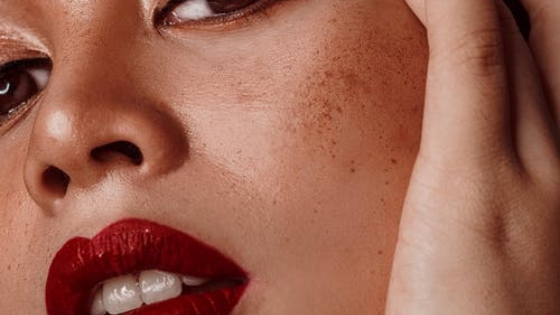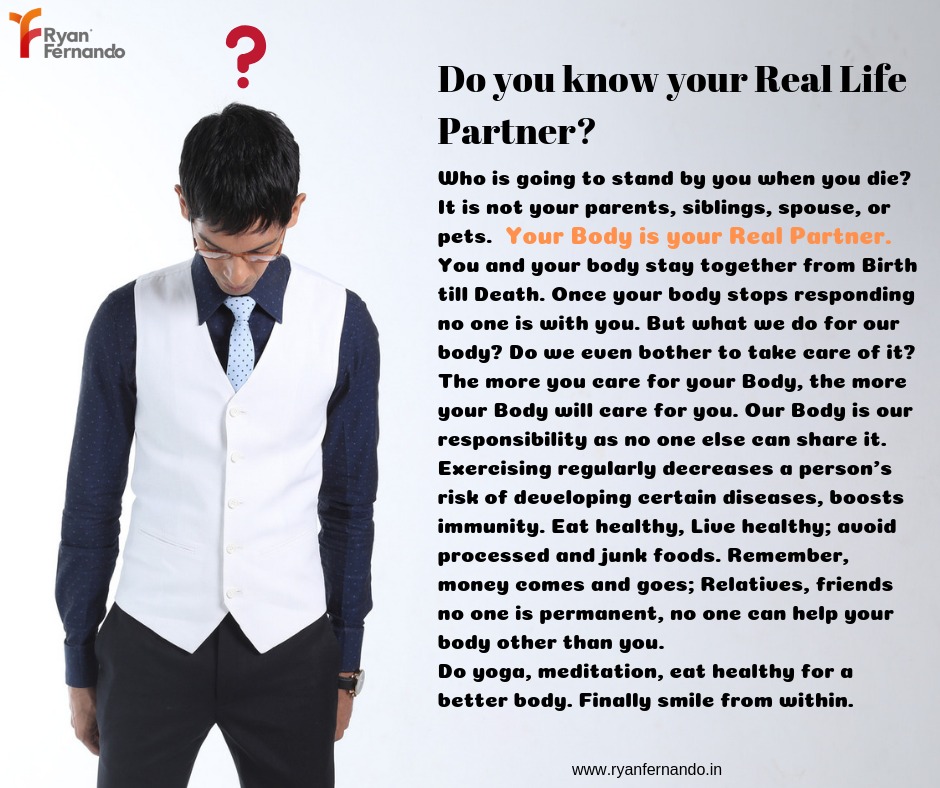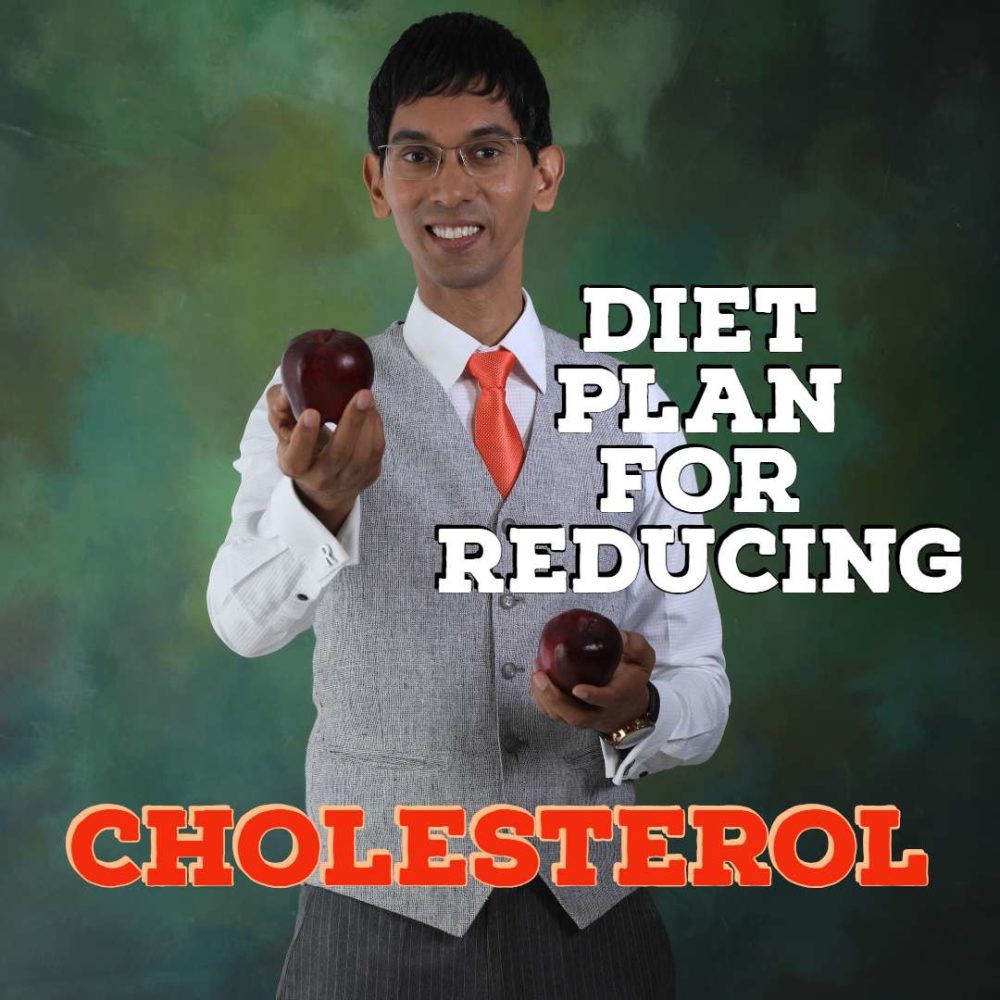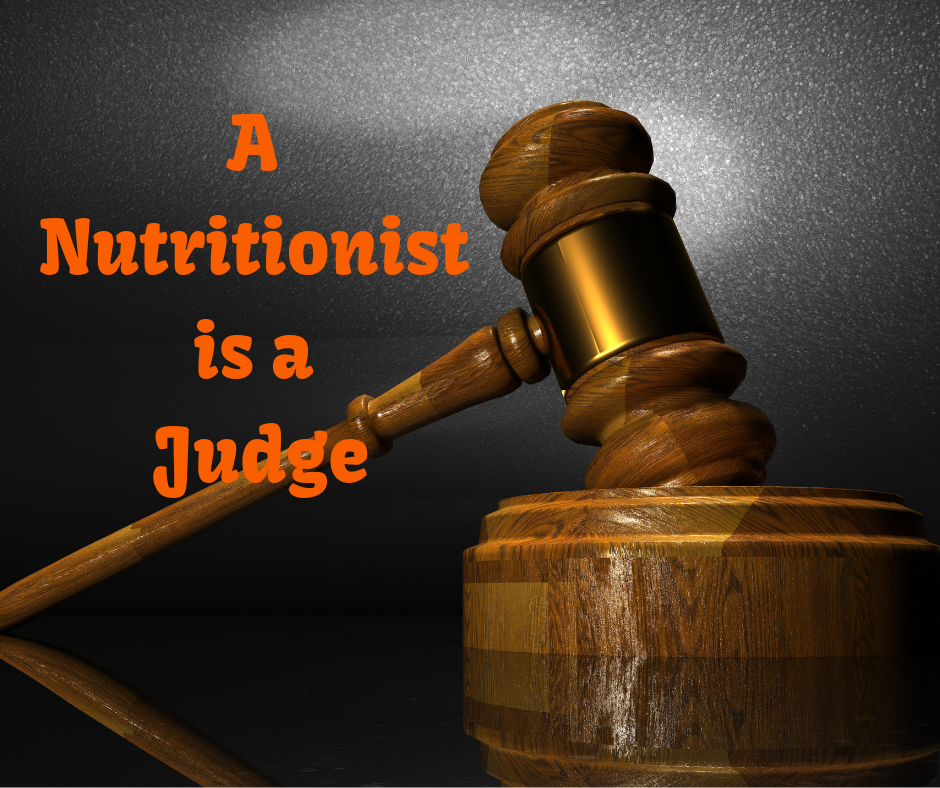Hyperpigmentation- causes & solution

2024-02-26 08:24:34
Hyperpigmentation- causes & solution
We are all aware that when our skin is exposed to the sun, we tan.
This occurs because part of our skin cells produce’melanin,’ a reddish-brown pigment that protects our skin from the sun by absorbing UV radiation. Melanin is also responsible for the colour of our skin and hair.
However, in a disease called ‘hyperpigmentation’ (or simply ‘pigmentation,’) too much of this pigment is generated, resulting in patches of extra melanin in the skin. As a result, specific areas of our skin get darker.
So, what’s causing this melanin overproduction?
A number of things have a role in this. They are –
#1 UV Rays
Because of the free radical damage caused by constant exposure to the sun’s UV rays, pigmentation might develop. These damages generally occur decades before any outward evidence of them is visible.
#2 Genetics
Skin pigmentation susceptibility is influenced by our genetic composition.
#3 Hormonal disorders
Hormonal imbalances can lead to an increase in the synthesis of melanin.
Now, maybe more significantly (for some), how might pigmentation be treated?
While various treatments are presently being investigated (such as depigmentation chemicals and lasers), not all of them are advised because they may cause skin damage and exacerbate the problem.
Protecting the skin from the sun’s UV rays appears to be the most efficient approach to cure pigmentation in the first place.
We may attempt to protect ourselves internally with antioxidants, in addition as having physical sun protection (using a broad spectrum sunscreen).
Antioxidants are chemicals that stabilise free radicals, stopping them from doing harm and even reducing the harm they do. While the body possesses its own antioxidants, a poor diet and environmental conditions (such as pollution) can cause the body to produce too many free radicals for them to handle.
As a result, include antioxidant-rich foods in your diet is always a good idea. Especially:
-a) Copper-binding antioxidants
Copper is required by the body to produce melanin. Some antioxidants bind to copper, making it unavailable for melanin production – a simple but effective way to reduce melanin production.
Antioxidants like vitamin C are a good example. Bell peppers, dark green vegetables, citrus fruits (such as oranges), tomatoes, peas, and papaya are all high in vitamin C.
-b) Antioxidants that help the body’s natural antioxidants to last longer
Some antioxidants, such as vitamin E and lycopene (an antioxidant that gives tomatoes their red colour), have the ability to encounter and neutralise free radicals before they cause harm. This frees up the body’s natural antioxidants to focus on preserving the skin’s health.
Combining vitamin C with vitamin E, however, has been found to be more effective and long-lasting. Vitamin C and E administered combined on the skin of mice reduced tanning by 70-80% in one scientific study!
For those of us who struggle to acquire enough of these nutrients in our daily diets, it may be time to consider supplementation. After all, their advantages go well beyond treating skin pigmentation, and they play a critical role in preserving (and even enhancing) our health in a variety of ways!
For customized nutrition plan reach out to us at +91-9743430000 or write to us at www.quanutrition.com.
Ryan Fernando is an Award-winning celebrity Sports Nutritionist with 2GUINNESS world record and 2 Olympic medals under his belt. His client list include Olympic wrestler Sushil Kumar, cricketer Shikhar Dhawan & bollywood superstars Aamir Khan & Abhishek Bachchan. He is Chief Nutritionist at QUA Nutrition Signature Clinics.




